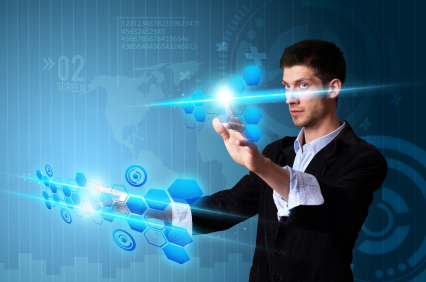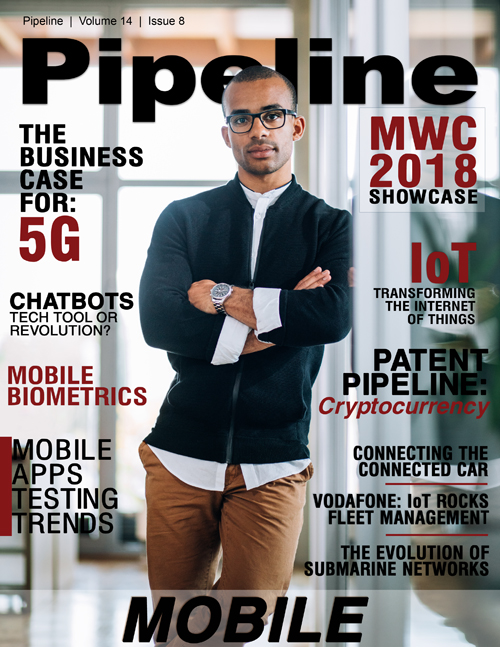Transforming the Business Model of the IoT
By: Chad Dunavant
 As an industry, we’ve been talking about "digital transformation" in broad strokes for a long time — I’ve seen it applied to the process of supporting just about every new digital service
that a Communication Service Provider (CSP) can sell, from building faster digital networks to adding mobile TV to a service portfolio.
As an industry, we’ve been talking about "digital transformation" in broad strokes for a long time — I’ve seen it applied to the process of supporting just about every new digital service
that a Communication Service Provider (CSP) can sell, from building faster digital networks to adding mobile TV to a service portfolio.
To me, digital transformation simply isn’t a one size fits all term. For CSPs today, each digital transformation is as unique as a fingerprint. When we talk about a CSP to Digital Service Provider (DSP) transformation, we are not talking about a CSP who can now support a new digital service but rather, a CSP who is looking to transform their entire business model.
Business model transformation can be done for a variety of reasons, but one that I think we will see growing in 2018 is driven by the Internet of Things (IoT).
Supporting the devices, people and services that are, and will be, connected by the IoT requires a multi-dimensional business model comprised of an increasingly complex web of partners and connected ecosystems.
Every connected device and corresponding service brings new opportunities to extract revenue through not just that device’s connection, but by managing the ecosystem of partners, and truly building a connected set of service environments.
Many of the companies looking to move into IoT (take consumer goods companies, or device component companies as examples) have never had to think about the onboarding, management and monetization of the end consumer – be it an individual or enterprise. This has been the job of a retail partner, or third-party distributor. IoT changes this world and introduces new complexities, and many changes into existing business models.
Changing a business model to better take advantage of the IoT opportunity isn’t as simple as putting new technologies in place. It requires rethinking the very bedrock of the way the we serve today’s digitally connected and mobile consumer.
Convergence is shaping the future
The growth of the IoT is part of broader, global trends brought about by the rise of digital services - including the convergence of industries and consolidation among major players, particularly in the telecommunications and media industries. If we fast-forward to a time when connected devices are prolific, “things” are exchanging data and that data is applied to enhance the human experience, then convergence across four key areas will have taken place:
-
Network Convergence – Convergence of fixed, mobile and other connectivity technologies to create a solid and reliable core with broad coverage, super speeds and low
access costs that will ultimately lead to a better experience.
-
Data Convergence – Convergence of data and techniques to collect and mine the massive volumes of data to capture insights, create enhanced experiences, enrich interactive
features and make proactive recommendations.
- Service Convergence – Creating an ecosystem of connected services that allow ‘N-play’ services all designed to create stickiness, reduce churn and drive higher ARPU.
- Experience Convergence – The culmination of network, data and service convergence to ensure a seamless experience that is available anywhere, anytime, on any device. Seamless experiences include easy and automatic connection for new devices, with simple consumer authentication that allows users to be up and running quickly.



















